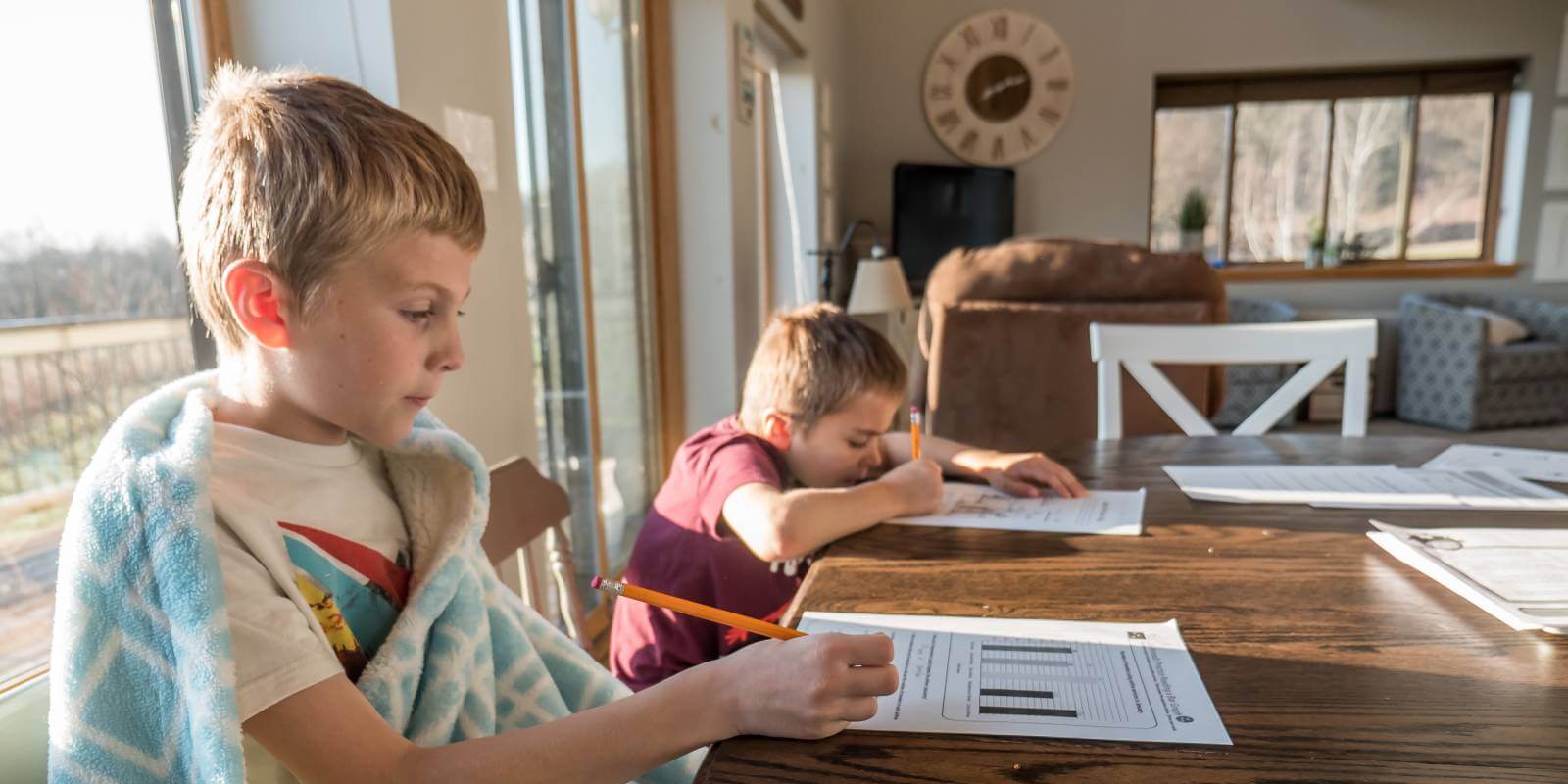The coronavirus pandemic has effectively corralled us indoors, forcing us to prioritize our health before anything else. This also meant doing as many things as possible from within the safety of our homes–including educating our children.
A lot of parents now have to play a more hands-on role in the education of their kids. Despite the many benefits of at-home learning, adjusting to the system can be a challenge for both parents and students. This can lead to frustration and anxiety, and might even cause students to fall behind their learning goals.
Here are some ways parents can make their homes more conducive to learning.
Set specific goals.
Homeschooling allows children to learn at their own pace. For first-time homeschoolers, it’s important to set short- and long-term goals that are aligned with those of the school’s. Parents should also consider non-academic aspects of a well-rounded education such as physical activity, arts and crafts, music, and extracurriculars. These should be integrated as safely as possible in the child’s schedule.
Follow a daily routine.
While homeschooling introduces flexibility and spontaneity to your child’s learning routine, sticking to a basic routine can add focus and direction and help build good habits. You can try an hourly timetable that sticks to the school’s schedule, or opt for a simple flowchart if you’d rather place the emphasis on productivity. It might take some time before your children find a routine that works for them. Don’t hesitate to try different processes and schedules, as long as the students meet their study goals.
Designate a learning space.
As anyone who’s had to work from home during the pandemic knows, living and working in a single space can lead to disorganization and stress. That’s why it’s important to create a conducive learning environment where your kids can concentrate while studying. Keep your children’s study materials organized in a specific area of the house. It doesn’t have to be a proper study room–the kitchen table or the study table in their bedroom would work, as long as schoolwork is confined to that single space.
Collaborate with the parents of your child’s classmates.
We’re living in unprecedented times, and never forget that you’re not alone in your situation. Get in touch with the parents of your child’s classmates, and exchange tips and resources with them. This will expand the students’ opportunities in and out of their virtual classrooms, making the homeschooling process easier and more enriching for all families involved.
Take the learning outdoors.
Learning doesn’t stop once you leave the four corners of the classroom (or in this case, your home). Try to incorporate “field trips” in your child’s homeschooling curriculum. You can head to the garden to study photosynthesis or go to the park for a simple physics lesson. Make sure to abide by government-mandated health and safety regulations when you do this: Wear masks properly avoid touching your face, and practice social distancing.
Photo by Jessica Lewis on Unsplash
Marianne is Nixplay’s Web Content Editor. Her hobbies include exploring new places, playing table tennis, and cuddling puppies. Send her a message at marianne.salazar@nixplay.com.

